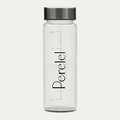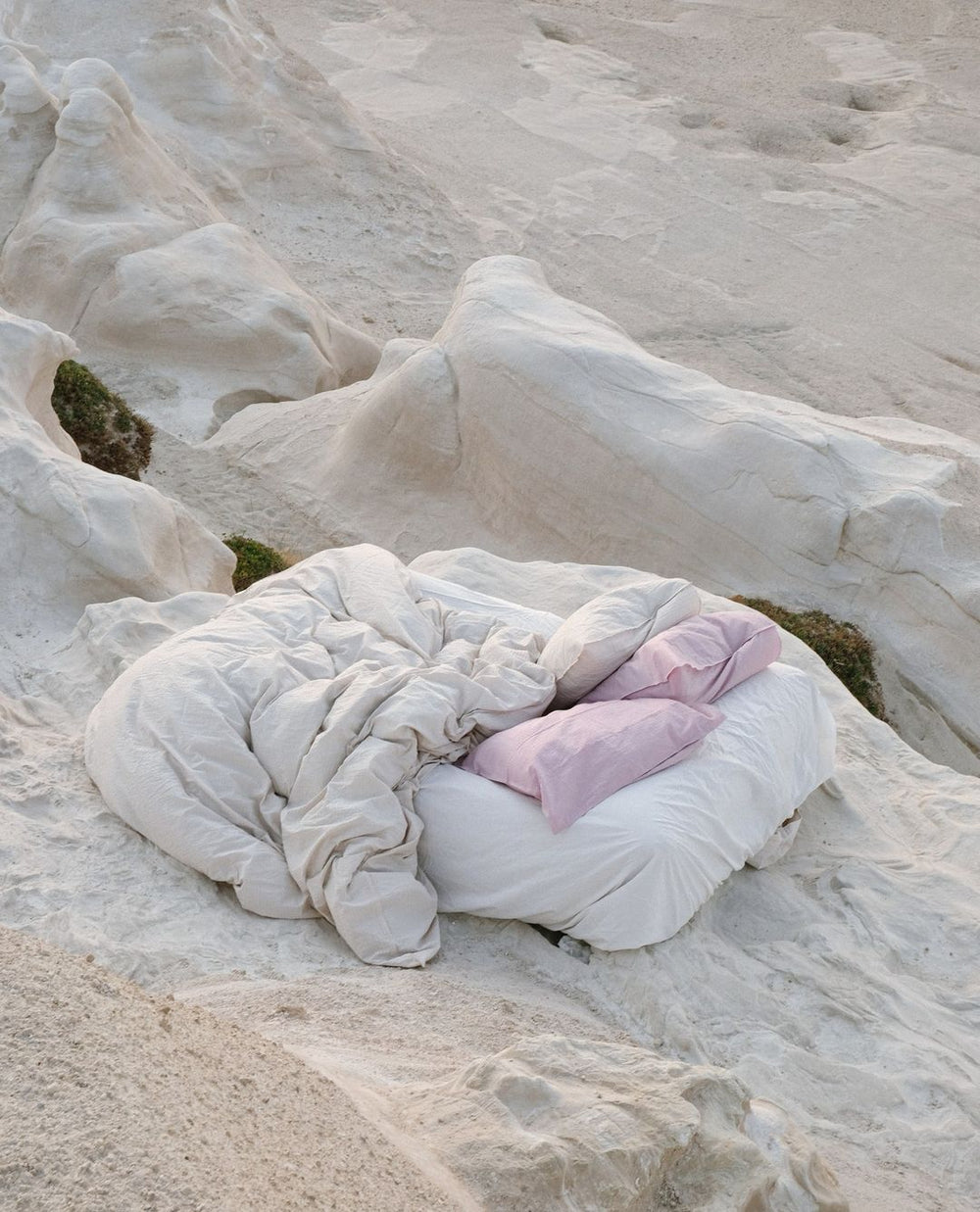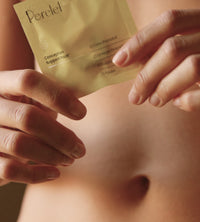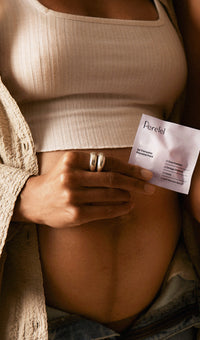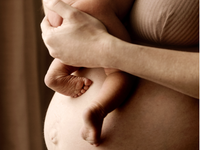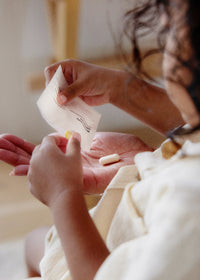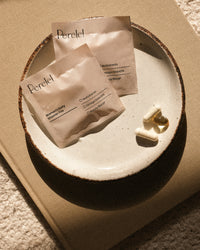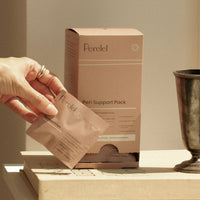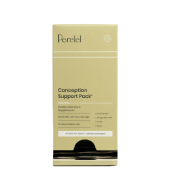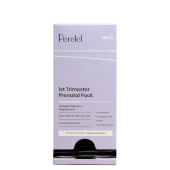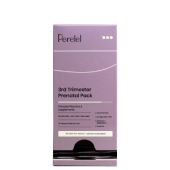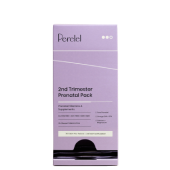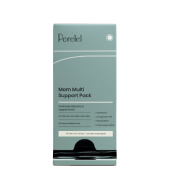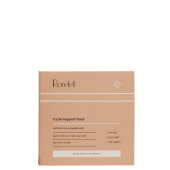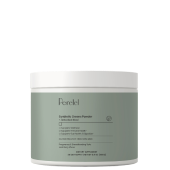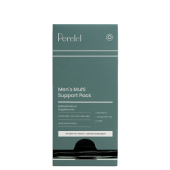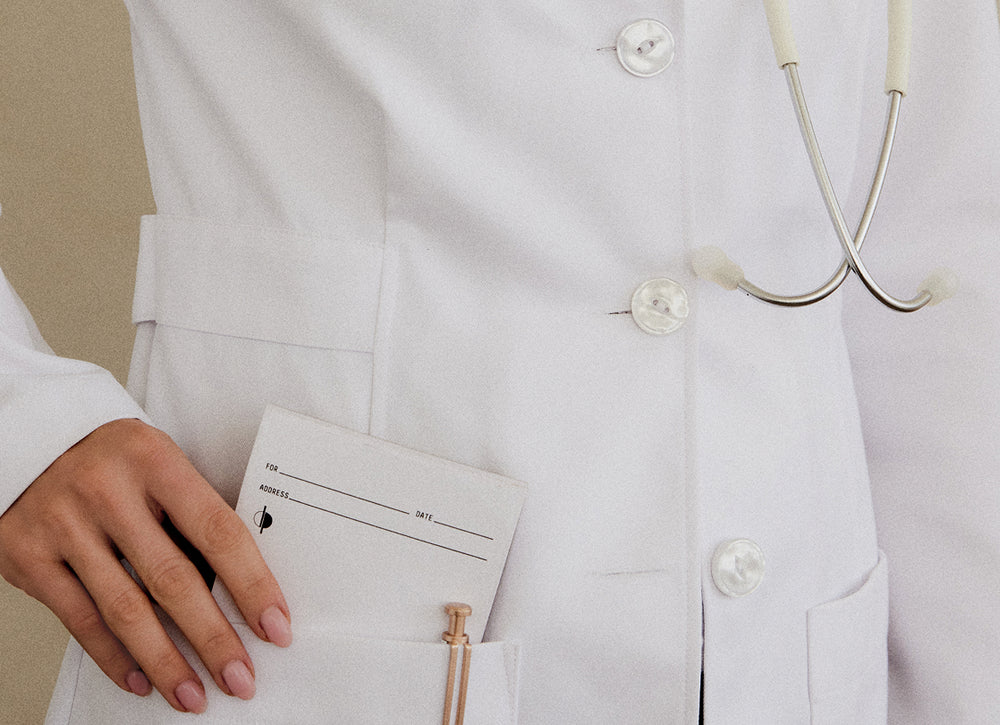Wind-down routines, sleepy tea, blue light glasses, limited screen time—we know, you’ve likely heard plenty of tips on how to ease yourself into a good night’s sleep. But for all of us that have heard it all—and tried it too—you might be surprised to learn this sleep expert's hot take. According to Stanford Neuroscience Professor and Lab Director, Andrew Huberman, Ph.D, the biggest indicator of “how long and how well you sleep at night, when you fall asleep, and how energetic you feel upon waking are mainly controlled by how early and how much sunlight you view before 10 am in the preceding two to three days.”
You’re telling us sunlight two mornings ago sends us to dreamland tonight? “Every cell in our bodies has a 24 hour molecular clock. Those clocks are all aligned with one another by when we view sunlight, and early day (low solar angle) sun in particular. Morning sunlight sets a biological timer for us to get sleepy somewhere between 14 and 16 hours later,” Huberman explains on his Instagram.
"How long and how well you sleep at night, when you fall asleep, and how energetic you feel upon waking are mainly controlled by how early and how much sunlight you view before 10 am."
- Andrew Huberman Ph.D
How much are we talking? “The key is to view morning sunlight for 5 to 10 minutes on clear days, and 10 to 20 minutes on overcast days. Those are minimums. More is better if you have time and access. Especially in winter,” Huberman suggests. “If you miss a day, get twice as much sunlight exposure the morning of the next day. You don’t need to stare directly at the sun and blinking to remain comfortable is key. Never look at any light so bright that it’s painful to look at! Also, don’t try and view it through a window or windshield. It simply does not work because the relevant wavelengths are filtered out,” Huberman says.
Does our slow-to-wake alarm clock count? “Bright artificial lights are fine in the morning and day but not a replacement for sunlight,” Huberman says. But, “if you live someplace with minimal sunlight, consider an artificial daytime simulator source. Don’t wear sunglasses for this morning light or sun viewing practice, but contact lenses and eyeglasses are fine, even if they have UV protection,” he concludes.
Picture us—we’re waltzing out of bed fresh and giddy. We pour our morning beverage (dealer’s choice), slip on something cozy and walk outside to the crisp morning air and soak those UV rays into our cells. Birds chirp, wellbeing washes over us, our ears are somehow deaf to the toddler howling for “MO BLUE BEWWIES” on their plate. We are masters of our sleep: rested souls.
Worth a try, right?
$27.14
First 3 Mo
First 3 Months
Shop the Article:


Sleep Support*
Shop Now
Ready to sleep like a baby? Shop pregnancy and breastfeeding-safe vitamins for sleep now. Plus, curate a science-backed bedtime routine for a better night's sleep while pregnant with these expert tips.
Jessica Lopez is a writer and new mother based in Southern California. She has written for Cup of Jo, BRIDES, Byrdie, THE/THIRTY, and more, and she currently enjoys (over)thinking and writing about parenthood. You can connect with her on Instagram, if you’d like.
This article is for informational purposes only. It is not, nor is it intended to be, a substitute for professional medical advice, diagnosis, or treatment and we recommend that you always consult with your healthcare provider. To the extent that this article features the advice of physicians or medical practitioners, the views expressed are the views of the cited expert and do not necessarily represent the views of Perelel.
